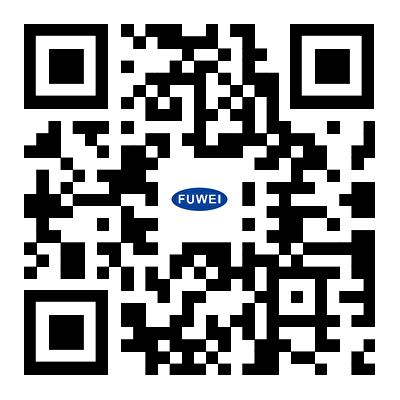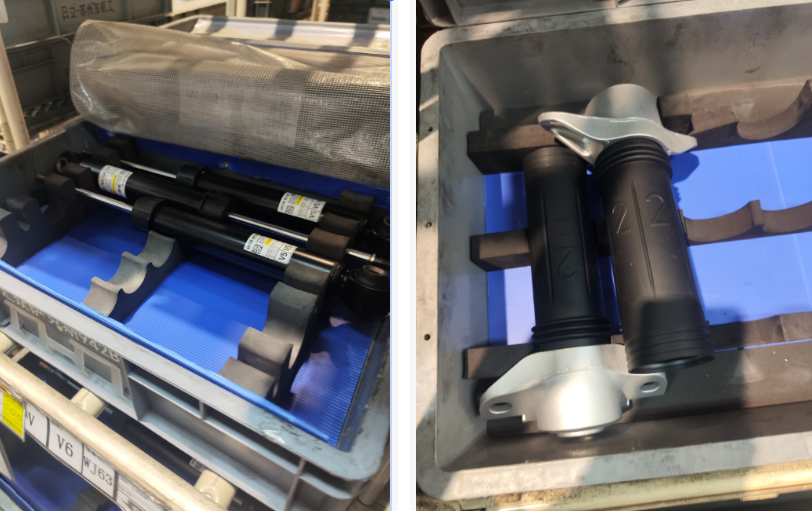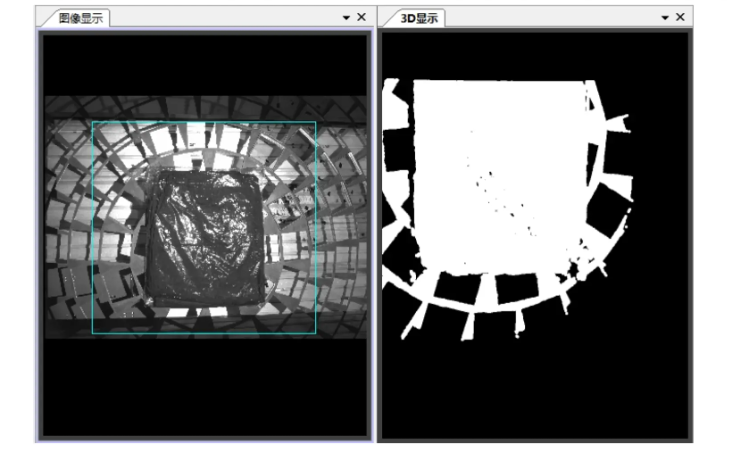QR Code

About Us
Products
Contact Us

Phone

E-mail

As the manufacturing industry continues to move towards automation and intelligence, the pursuit of production efficiency and product quality is also increasing. Especially in the automotive parts industry, the inertia ring is the core component of engine shock absorbers, and its precise feeding is crucial for the overall production process. Recently, a precise feeding project for inertial rings based on 3D vision guidance has been successfully implemented and has achieved significant results in actual production.

This project adopts advanced 3D vision technology to achieve precise identification and positioning of workpieces by capturing the three-dimensional spatial information of inertial rings. Compared with traditional feeding methods, this 3D vision based guidance method has higher accuracy and stability, and can effectively handle complex situations such as surface reflection and oil film coverage of the inertia ring, ensuring the accuracy and correctness of the workpiece during the feeding process.

After implementing the project, the feeding efficiency of the inertia ring on the production line has been significantly improved. Robots can accurately locate the position of the inertia ring and quickly grasp it, greatly reducing feeding time and improving overall production efficiency. At the same time, due to the assurance of feeding accuracy, product quality has also been significantly improved, reducing the rate of product defects caused by feeding errors.
In addition to improving production efficiency and product quality, this project has also brought other benefits to the enterprise. Firstly, by reducing human involvement and errors, production costs and losses have been lowered. Secondly, due to the ability of robots to automatically adapt to inertia loops of different product specifications, enterprises can easily cope with the challenges of product updates and upgrades without adding additional equipment and manpower, improving the flexibility and agility of production lines.
The successful implementation of this project not only sets a benchmark for the automotive parts industry, but also provides useful reference and inspiration for the automation upgrade of other similar industries. By introducing 3D vision technology, enterprises can achieve precise recognition and grasping of complex workpieces, improve production efficiency and product quality, reduce production costs and losses, and thus stand out in fierce market competition.
Overall, the implementation of the 3D vision guided inertial ring precision feeding project has achieved significant results, not only improving the production efficiency and product quality of enterprises, but also opening up new paths for the automation upgrade and intelligent development of the entire industry. With the continuous advancement of technology and the expansion of application scenarios, it is believed that more enterprises will join this ranks in the future to jointly promote the transformation and upgrading of the manufacturing industry.




Copyright © 2024 Guangzhou Fuwei Electronic Technology Co., Ltd. All Rights Reserved.
Links | Sitemap | RSS | XML | Privacy Policy |

